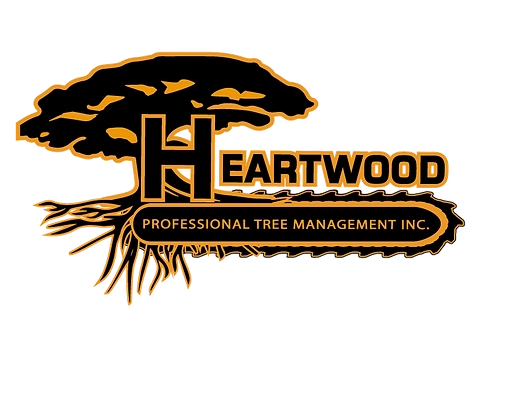How To Choose the Right Folsom Tree Service
Factors such as services and licensing are important considerations when choosing a tree removal company. We highlight several key factors below.
Vet the Company's Qualifications
Tree service companies should have insurance to protect their customers and workers. Some examples of policies include general liability, workers' compensation, and professional liability insurance. The policies should mention tree work coverage specifically otherwise, you could be held responsible for any injuries or damage on your property. There aren't mandatory national certification for tree removal, but a company may employ a certified arborist to complete inspections. Arborists are specialists who have earned voluntary certifications from the International Society of Arboriculture (ISA). Companies aren't required to have one on staff, but arborists provide many benefits due to their training in tree preservation, maintenance, and care.
Get Quotes From Multiple Companies
Homeowners should request quotes from multiple companies to discover the best deals. Compare all aspects of your quote, such as timelines, included services, and service fees.
Confirm the Company Performs Residential Tree Services
Look for tree removal companies that specialize in residential services. Commercial companies handle large-scale projects for commercial property and must follow certain city ordinances for their work. Residential companies focus on servicing private homeowner properties and have fewer locally mandated restrictions.
Request a Tree Risk Assessment
A tree risk assessment (TRA) involves visually inspecting a tree and its branches to determine its likelihood of breaking. This is called tree failure. Evaluating tree failure helps service companies determine how best to minimize the danger to workers and property. Certified arborists are typically the ones to conduct TRAs. Sometimes these services are offered for free, while other times, there's an additional fee. Speak with your tree removal company and ensure you have a TRA completed before beginning work.
Ask About Stump Removal
Companies can remove stumps by hand or using special equipment. Left neglected, stumps will decompose and can attract pests and disease. Ask your tree removal company if it includes stump removal in its service. Costs vary between $101 to $737, with the typical Folsom homeowner paying about $469.
How Much Does It Cost To Remove A Tree?
On average, tree removal services cost roughly $938. The total price might range from $457-$2,011, and be impacted by factors like project size, tree size and type, and tree health. Emergency services cost around $2,413, and you'll pay more if a tree has a high failure risk or needs additional equipment, safety precautions, or labor. Tree removal companies might charge by the acre instead of per tree if you're having multiple trees removed.
Ready to Get a Quote on Your Tree Project?
Please enter a valid 5-digit zip code!
Frequently Asked Questions About Tree Removal in Folsom
What are some common tree issues?
How are tree trimming and tree pruning different?
How can I tell if a tree is dangerous?
Do I need to hire a professional for tree removal?
Is it safe to leave a downed tree on my lawn?
To share feedback or ask a question about this article, send a note to our Reviews Team at reviewsteam@thisoldhousereviews.com.













